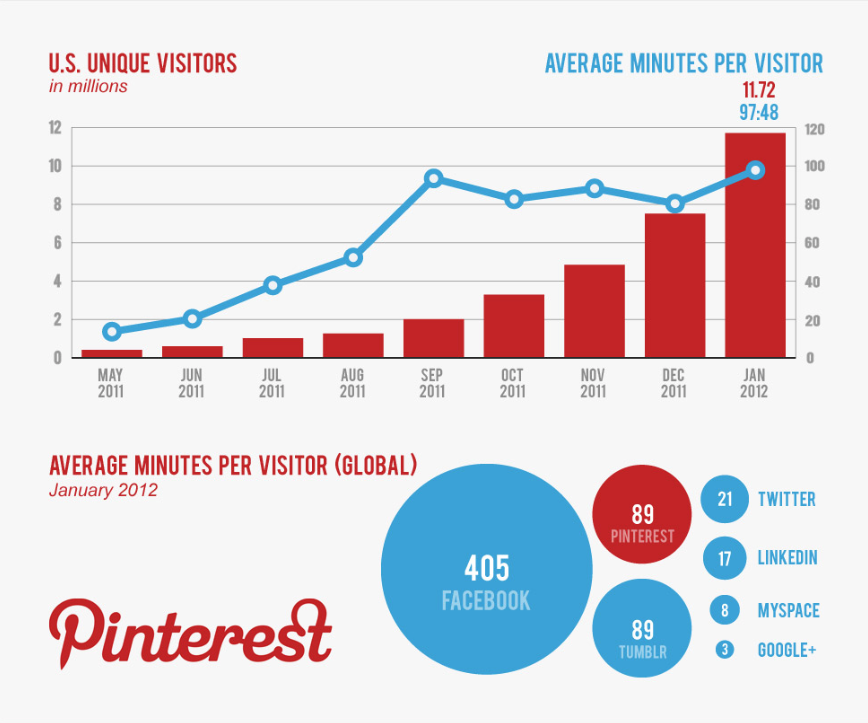Search Engine Optimization Guide
[This is the first in a three-part series about Search Engine Optimization]
Search Engine Optimization Is Important, You Need It To Succeed: This guide will cover the basics of what search engine optimization is and the core elements of optimizing pages and posts.
Search engine optimization (SEO) is the process of tailoring a website and its pages so that it ranks higher in relevant search results. When a user searches for something on Google they’re presented with a list of webpages. Commonly referred to as a Search Engine Results Page (SERP). The order of these pages is determined by Google’s complex algorithms and mathematical formulas which rank webpages based on dozens of criteria.
Higher ranked pages get more attention and views, which generally correspond with more business. Ideally, the goal is to show up in the top three results which together account for 62% of clicks. At the very least, showing up on the first page is desirable, as studies show that page one accounts for a whopping 92% of all traffic.
Google has computer programs that “crawl” millions of internet websites and read the content on their pages. These robots evaluate each site and determine where it will rank in different search results. Careful website construction can improve a site’s rankings as Google’s formulas rely on the following criteria:
- Keywords. Crawlers categorize websites based on words and phrases that are repeated throughout the site’s pages.
- Influence. Google determines how influential a website is based on how many other webpages have links to it.
- Size. Larger websites with lots of pages generally rank higher than smaller sites with only a few pages.
- Freshness. Providing fresh content on a regular basis ranks websites higher than those that remain unchanged.
Twenty years ago if you needed a plumber you would open the yellow pages, flip to the section labeled “plumbers” and find a few dozen local businesses. Then the internet became popular and today phone books have practically disappeared, replaced by search engines like Google, Yahoo and Bing.
What makes search engines different is that they follow a different set of rules. Information is not categorized as neatly – a quick search for “plumber” reveals over 18 million results, many of which are not relevant. An article on the history of plumbing is not helpful if your toilet is overflowing. Fortunately, focusing on SEO can strategically position businesses in relevant search results.
Keywords. For SEO to be most effective it’s best to take a focused approach, identifying what keywords people are searching for and what results you want to appear in. We’ll use a fictional business called “Sarah’s Cupcakes” as an example. Let’s pretend this is a small business located in Albany, New York that makes cupcakes and similar baked goods. Keywords might include…
Cupcakes, Chocolate cupcakes, Cupcake stores, Cupcake recipes, Cupcakes Albany, Red velvet cupcakes, etc.
It’s highly unlikely that a small business will show up on Google’s page one results for “cupcakes,” which is perfectly fine. It’s more lucrative for Sarah to focus on specific searches like “Cupcakes Albany,” which are much more likely to drive actual business. Identifying keywords specific to the business’ offerings and geographic area are the first step in formulating an SEO strategy.
Content Management Systems. A content management system is a program that organizes websites in a manner that is friendly to webmasters, viewers and search engines alike. WordPress is the most common and is used by small businesses and major corporations alike (CBS and Coca-Cola are two giants who use WordPress). One of WordPress’ major benefits is that it has dozens of plugins and themes that allow for endless design and customization possibilities. Another key feature is that whenever a new page is created in WordPress it receives its own unique URL, making it easier for search engines to discover and categorize. WordPress is very Google friendly in that regard.
Blogging. Recent changes to Google’s algorithms have placed a greater emphasis on fresh content, making blogging even more important. One of the advantages of a content management system is that it makes each blog post a new page, effectively building the website’s size. Blog posts should be relevant to the website’s theme and contain content that visitors actually want to see. To make them most effective, blog posts should contain two things:
- A graphic, image or video. Studies have proven that visuals increase Facebook likes by 53% over plain text posts.
- Hyperlinks, both to internal and external pages. Linking to other pages on your site lends credibility to those pages. Linking to other websites is also a good idea, so long as those sites are reputable and influential.
Social Media/Distribution. Social media is a crucial factor in SEO and having social media accounts is like having additional websites. A social media presence provides channels to distribute content and gives users an opportunity to easily subscribe to receive your content. It’s also a great opportunity to engage with potential customers/clients and nurture relationships.
An important strategy with social media is the use of hashtags, which are a lot like keywords. Tagging a Facebook or Twitter post with hashtags places that content in areas where people interested in it are more likely to see it. As previously mentioned, images and graphics are proven to draw more attention as well.
Don’t overdo it. Web designers should focus primarily on building a good website and incorporating SEO techniques when and where they are appropriate. The best SEO in the world is useless if the website is weak and hard to read.

Sources
Lee, J. (2013, June 20). No. 1 position in google gets 33% of search traffic [study]. Retrieved from http://searchenginewatch.com/article/2276184/No.-1-Position-in-Google-Gets-33-of-Search-Traffic-Study
Corliss, R. (2012, November 15). Photos on Facebook generate 53% more likes than the average post. Retrieved from http://blog.hubspot.com/blog/tabid/6307/bid/33800/Photos-on-Facebook-Generate-53-More-Likes-Than-the-Average-Post-NEW-DATA.aspx









